It was the 1930s, the peak period of Stalin’s Five Year Programs and most of the Soviet Union was embroiled in a nationalized industrial effort that aimed at three collective targets: Heavy machinery, state farms, and weapons. When we look at history, we are appalled by the poor level of engineering done due to a shortage of skilled manpower and competitive edge. More than fifty percent of the tractors made in the mass-production facilities of the country broke down so badly they couldn’t be repaired. Same was the case with the automobiles and other heavy machinery.
Now most of us think it was down to poor engineering skills from the Soviets which wasn’t true at all. The Soviets promoted innovation and invested heavily in design engineering. But what they couldn’t achieve was this ridiculous industrial growth of up to two thousand percent within ten years without some setbacks. Most of the workers were motivated by fear and couldn’t do their jobs very well. The quality of the Soviet engineering can be seen by the giant strides in technology they were able to achieve in such a short amount of time. They developed rockets, engines, planes and trains at a rapid pace to supplement their incredible growth in the economy. Here is an example of what they did:
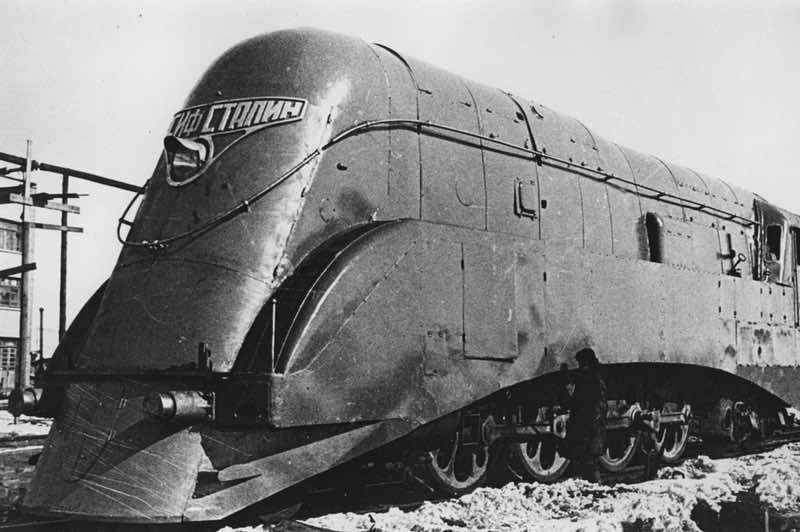
This innovative locomotive was designed in the Union in the 1930s to see how design affects the engine power. They were eventually able to arrive at this shape and according to them, this configuration allowed 200-250 extra horsepower in acceleration. It was ominously named “Joseph Stalin” train and it could travel at speeds higher than 155 Km/h which is amazing considering the era they were invented in. Damn these machines look like a retrica picture of a modern bullet train! Needless to say, this amazing advances in design were further used in the development of locomotives like type 2-3-2 (P12 and 6998).
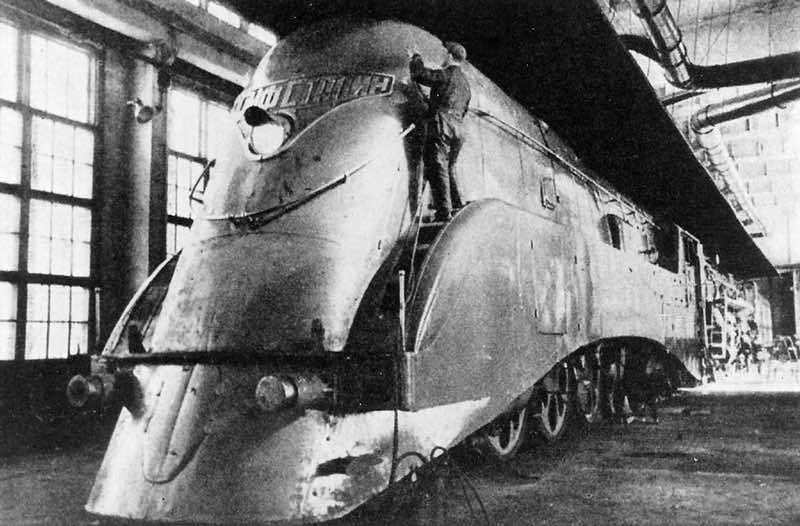
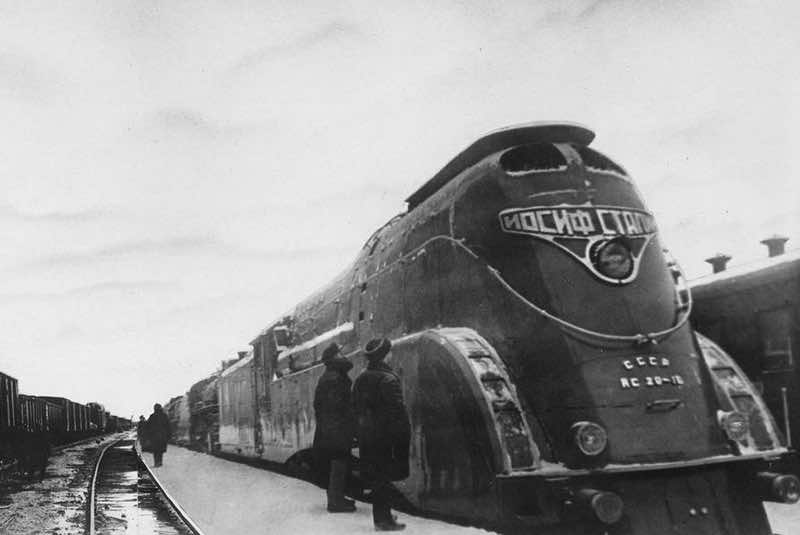
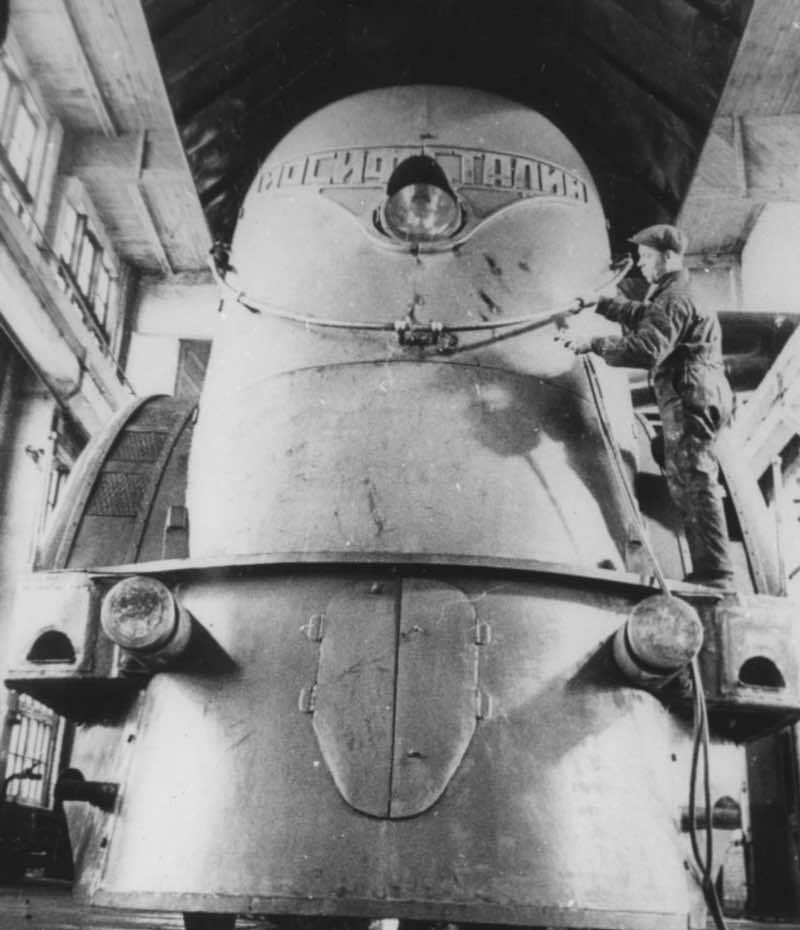
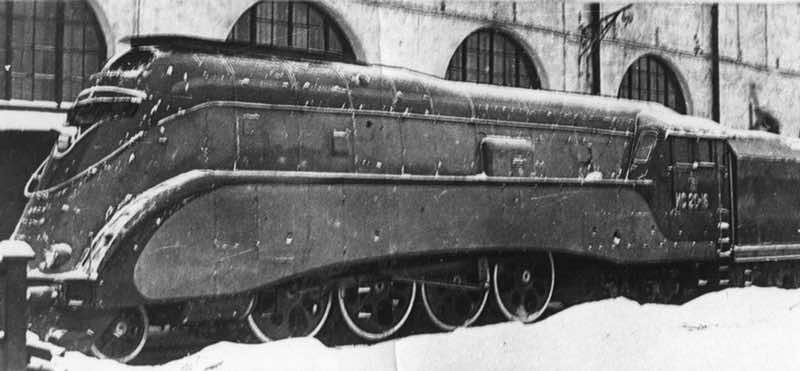
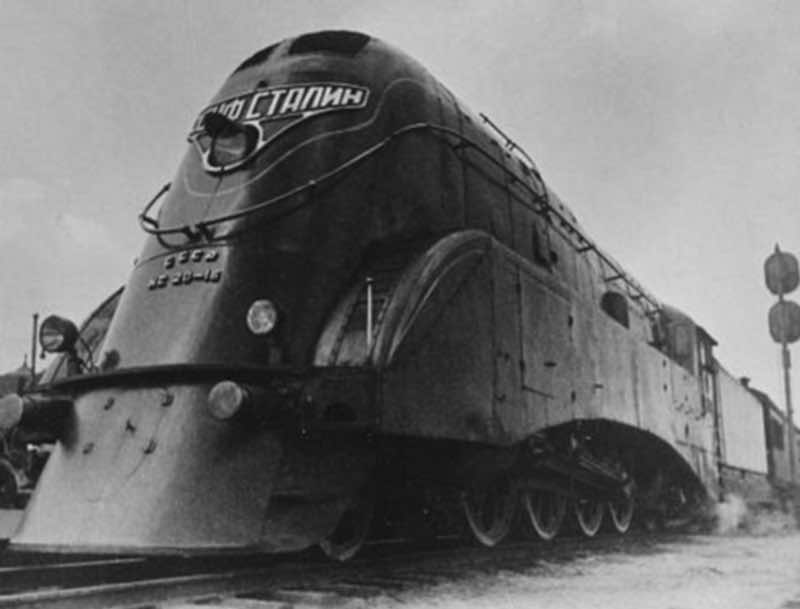



Ignorant discussion of the streamlined locomotive. First, such locomotives weren’t unique to the Soviet Union. Several railroads in the U.S. and Europe developed them in the 1930s. They were the engineering embodiment of art deco, and–at the head of passenger trains with similarly streamlined cars–they broadcast an image of speed and modernity. But underneath the sheet metal, they were just steam locomotives. They did not represent any major engineering breakthroughs. The streamlining was largely for looks. It didn’t really reduce a train’s aerodynamic drag significantly below 100 mph (161 km/h). AND the streamlining caused maintenance headaches. Steam locomotives are very complex machines, and many parts that need to be checked and adjusted often lay underneath the streamlining. So most railroads quickly cut back on the streamlining, by either cutting holes in it or removing parts of it, so as to allow access for maintenance.
So, no, it was not an example of something that the wonderful Soviet Union was doing that was decades ahead of the West, as the author seems to think. More likely, it was something that the Soviets copied to show the world that they were just as modern as the evil capitalists.